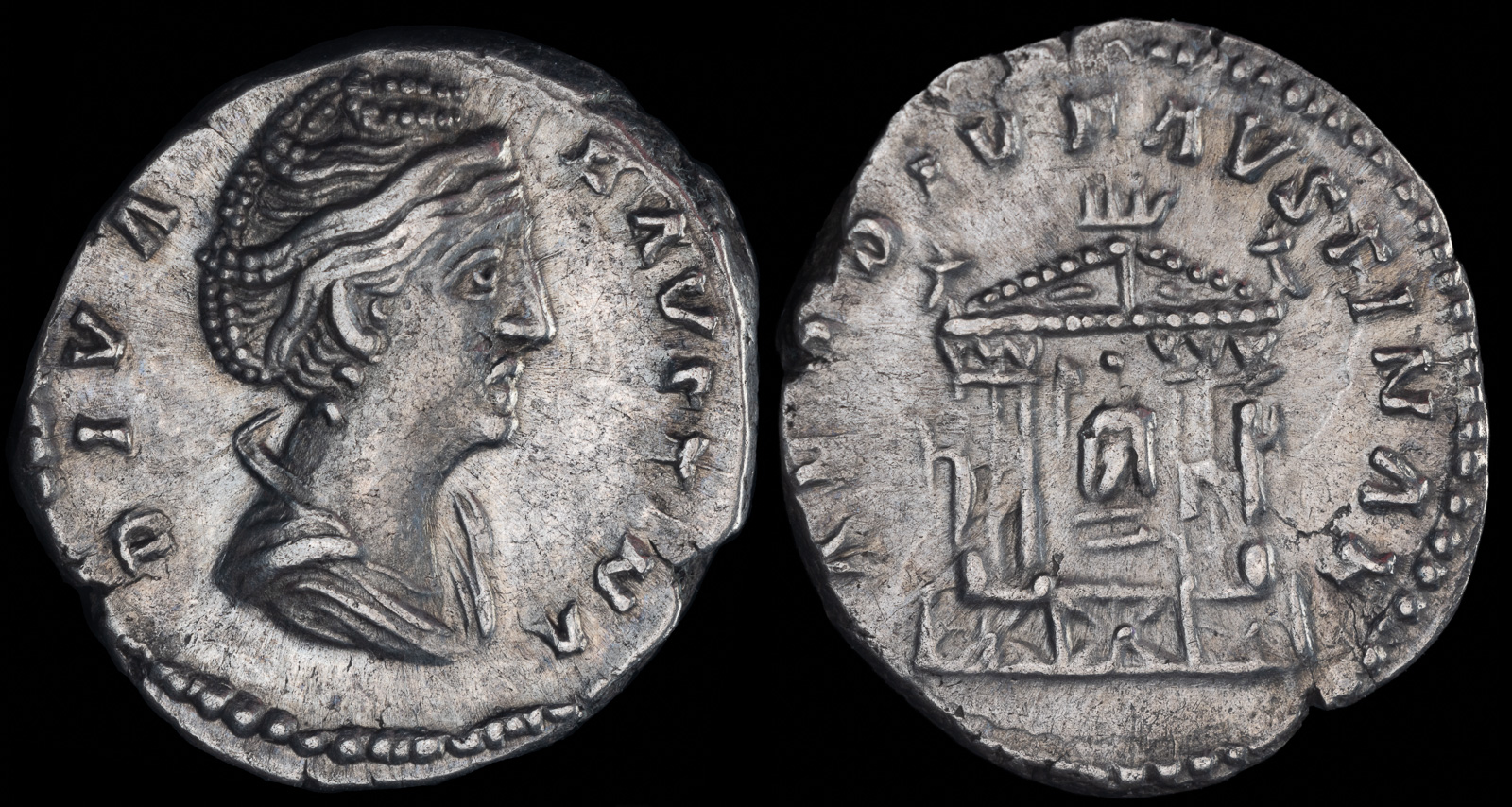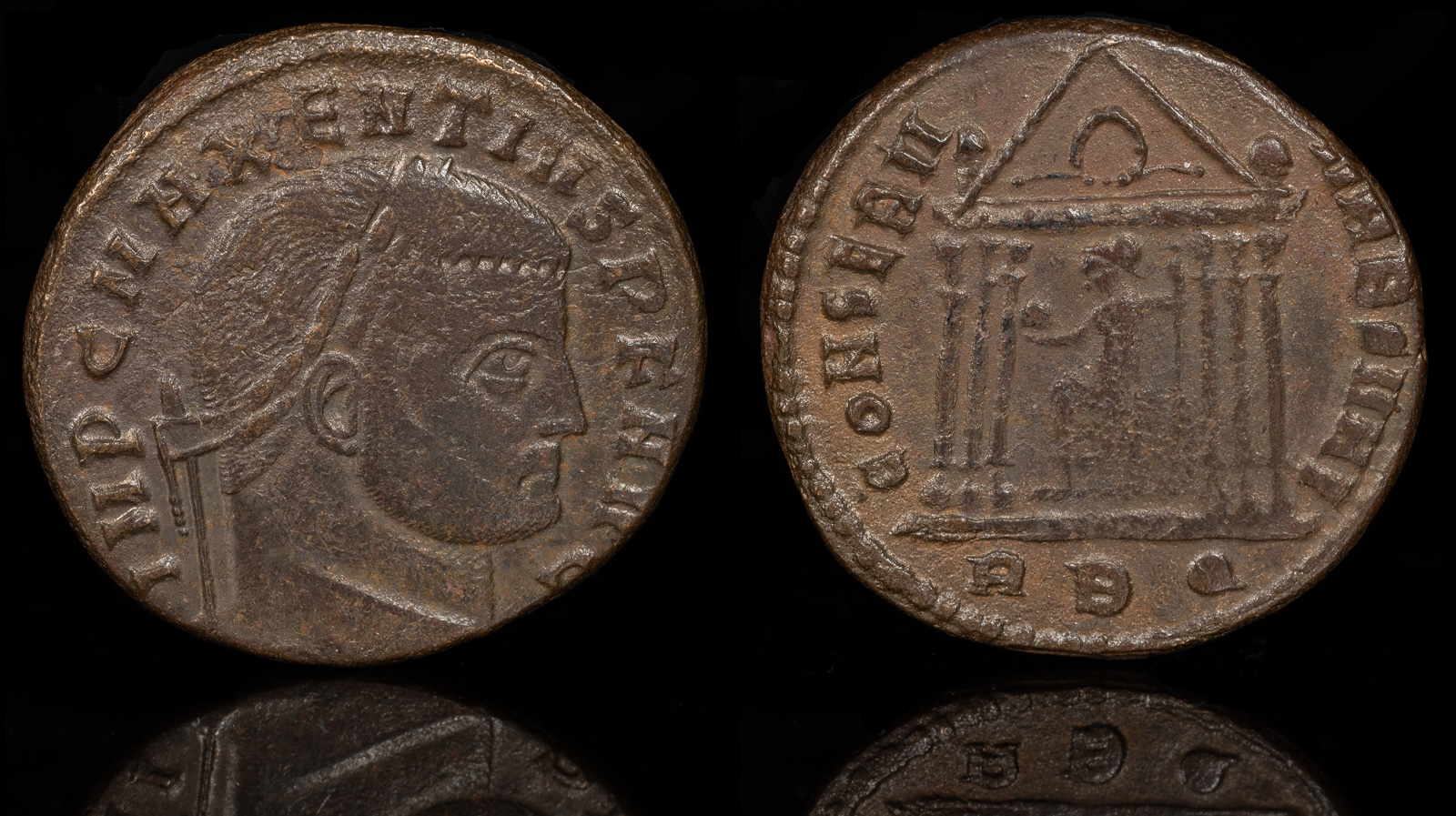Hexastyle
View All Tags
In a hexastyle temple, the six columns are typically placed across the front of the structure in a rectangular arrangement, with the sides of the temple (called the perimeter) often having fewer columns, usually in a 13 or 14 column arrangement. The hexastyle design created a pleasing visual proportion between the columns and the overall structure, providing a harmonious and balanced aesthetic. This style was particularly effective for temples that were meant to emphasize the grandeur and magnificence of the gods or deities to whom the temple was dedicated.
One of the most famous examples of a hexastyle temple is the Parthenon in Athens, which, although technically classified as an octastyle (eight columns across the front), still embodies many of the same principles that define hexastyle architecture. The Temple of Hera at Olympia is a classical example of a true hexastyle structure, demonstrating the power of the six-column facade to create an imposing and symmetrical temple front. These temples often followed strict geometric and mathematical principles, employing ratios and proportions to achieve visual harmony and balance.

Diva Faustina Sr. Died 141 CE
Struck under Antoninus Pius after circa 146 CE
AR Denarius 18mm, 2.89g, 10h)
Obv: DIVA FAVSTINA, draped bust right
Rev: AED DIV FAVSTINAE, temple of Diva Faustina: façade of hexastyle temple on podium, railing in front, statues before outer columns, relief in pediment, quadriga and figures as acroteria; within, seated statue of Faustina.
RIC III 343 (Antoninus Pius); BMCRE 339-343 (Antoninus Pius); BMCRE 339 (Pius); RSC 1
Ex Akropolis Coins

Maxentius BI Nummus
Rome, AD 308-310
6.78g, 24mm, 6h.
IMP C MAXENTIVS P F AVG, laureate head to right / CONSERV VRB SVAE, Roma seated facing, head to left, holding globe and sceptre, in hexastyle temple with knobs as acroteria and wreath in pediment.
RIC VI 210
Ex Terner Collection;
Ex Littleton Coin Company
Ex Roma